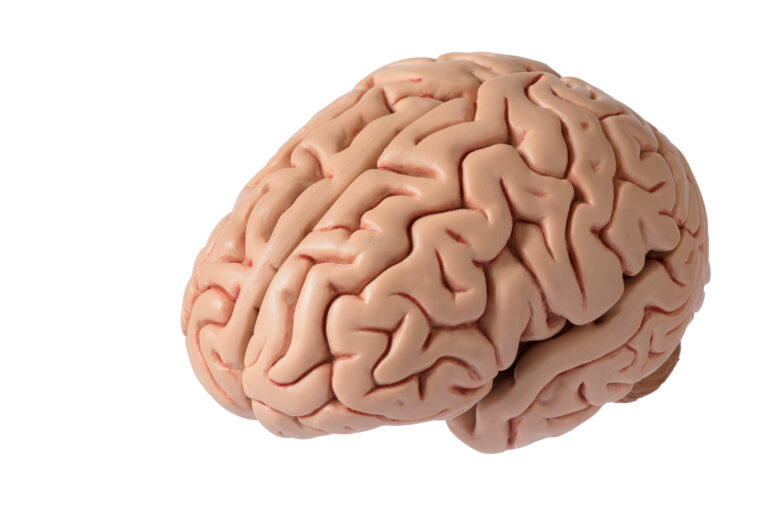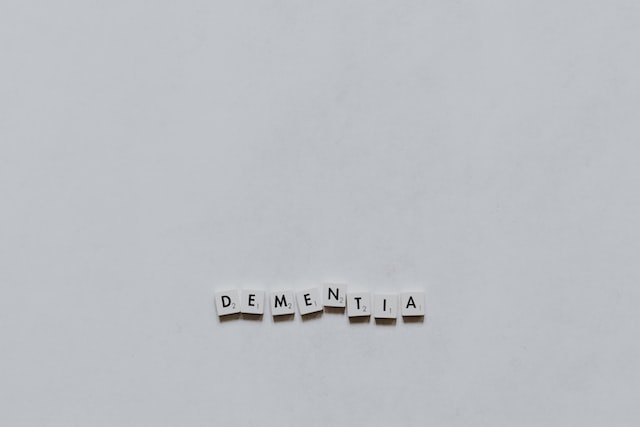Neurodegenerative diseases, such as Alzheimer’s and Parkinson’s, are a growing concern in our aging society. These conditions affect millions of individuals worldwide and currently have no cure. However, recent research has shown that astrocytes, a type of brain cell, may play a crucial role in the development and progression of these diseases. This breakthrough in understanding the role of astrocytes in neurodegeneration has opened up new possibilities for treatment and prevention.
Astrocytes were previously thought to be merely supportive cells, providing structure and nourishment to neurons. However, studies have now revealed that these cells play a much more significant role in brain function. Astrocytes have been found to communicate with neurons and regulate their activity, playing a vital role in learning, memory, and other cognitive functions.
But what exactly makes astrocytes so crucial in neurodegenerative diseases? It all starts with the buildup of abnormal proteins in the brain. In Alzheimer’s disease, beta-amyloid plaques and tau protein tangles accumulate, while in Parkinson’s disease, alpha-synuclein accumulates. These proteins can disrupt the communication between neurons, leading to cell death and ultimately causing the symptoms of these diseases.
Recent studies have found that astrocytes play a crucial role in the breakdown and removal of these abnormal proteins. These cells have been shown to engulf and degrade beta-amyloid plaques and alpha-synuclein aggregates, preventing them from accumulating in the brain. This process is known as phagocytosis, where cells engulf and digest foreign or harmful substances.
Moreover, astrocytes also release molecules that can protect neurons from the toxic effects of these abnormal proteins. For example, they can produce antioxidants that neutralize free radicals, which are highly reactive molecules that can damage cells. Additionally, astrocytes can release growth factors that promote the survival of neurons.
However, as we age, the ability of astrocytes to carry out these crucial functions declines. Studies have shown that in aged brains, astrocytes become less efficient in removing abnormal proteins and producing protective molecules. This decline in astrocyte function could potentially contribute to the development of neurodegenerative diseases.
Furthermore, astrocytes may also be involved in the spread of abnormal proteins in the brain. Recent research has shown that astrocytes can release small vesicles containing toxic proteins, which can be taken up by nearby neurons, contributing to the spread of disease. This finding highlights the importance of understanding astrocyte function in neurodegenerative diseases fully.
So, what does this breakthrough in understanding the role of astrocytes mean for the treatment and prevention of neurodegenerative diseases? First, it opens up new avenues for developing treatments that target and enhance the function of astrocytes. By boosting their ability to remove abnormal proteins and protect neurons, we may be able to slow down or even prevent the progression of these diseases.
Second, this discovery also highlights the potential for early detection and intervention. As mentioned earlier, the decline in astrocyte function occurs with age, making it a possible biomarker for predicting the development of neurodegenerative diseases. By identifying individuals with impaired astrocyte function, we can potentially intervene early and prevent or delay the onset of symptoms.
However, there is still much to learn about astrocytes and their role in neurodegenerative diseases. Researchers are now working to understand the various subtypes of astrocytes and how they differ in their functions. They are also investigating the mechanisms behind astrocyte dysfunction in aging and disease.
In conclusion, the breakthrough in understanding the role of astrocytes in neurodegeneration is an exciting development in the field of neuroscience. It has opened up new possibilities for treatment and prevention and provided a better understanding of how these diseases develop. With further research, we may be able to harness the power of astrocytes to combat neurodegenerative diseases and improve the quality of life for millions of individuals.





